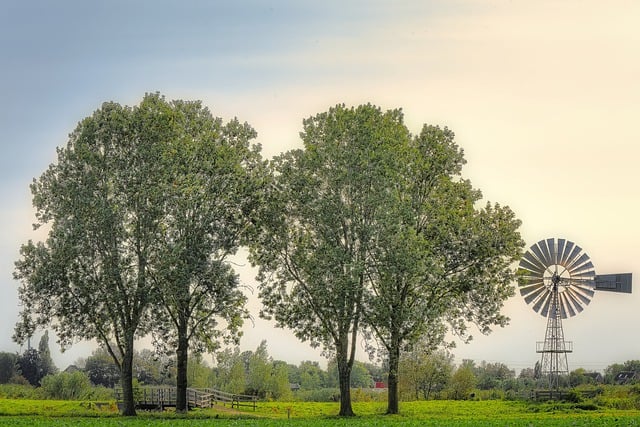
Overview of the Chapter
The chapter "The Trees" from the CBSE Grade 10 English textbook First Flight is a poem that explores the theme of nature and its relationship with human beings. The poet uses vivid imagery to depict the struggle of trees to break free from human confinement and return to their natural habitat. The poem serves as a metaphor for freedom, resilience, and the inevitable force of nature.
Key Theme: The poem highlights the contrast between the artificial world created by humans and the wild, untamed essence of nature.
Summary of the Poem
The poem begins with a description of trees growing inside a house, confined to pots and unable to spread their roots freely. The poet portrays them as desperate to escape, with their leaves straining toward the glass and their roots working tirelessly to break free. As the poem progresses, the imagery shifts to the trees finally moving out into the open, returning to the forest where they belong. The wind and moon witness this liberation, symbolizing nature reclaiming its rightful place.
Literary Devices Used
- Metaphor: The trees symbolize human constraints and the longing for freedom.
- Personification: The trees are given human-like qualities, such as "straining" and "twisting."
- Imagery: Vivid descriptions of the trees, wind, and moon create a strong visual impact.
Important Questions for Reflection
- How does the poet use the imagery of trees to convey a deeper message about freedom?
- What role do the wind and moon play in the poem?
- Discuss the significance of the trees moving back to the forest.
Central Message: The poem emphasizes that nature cannot be tamed indefinitely and will always strive to return to its wild, natural state.
